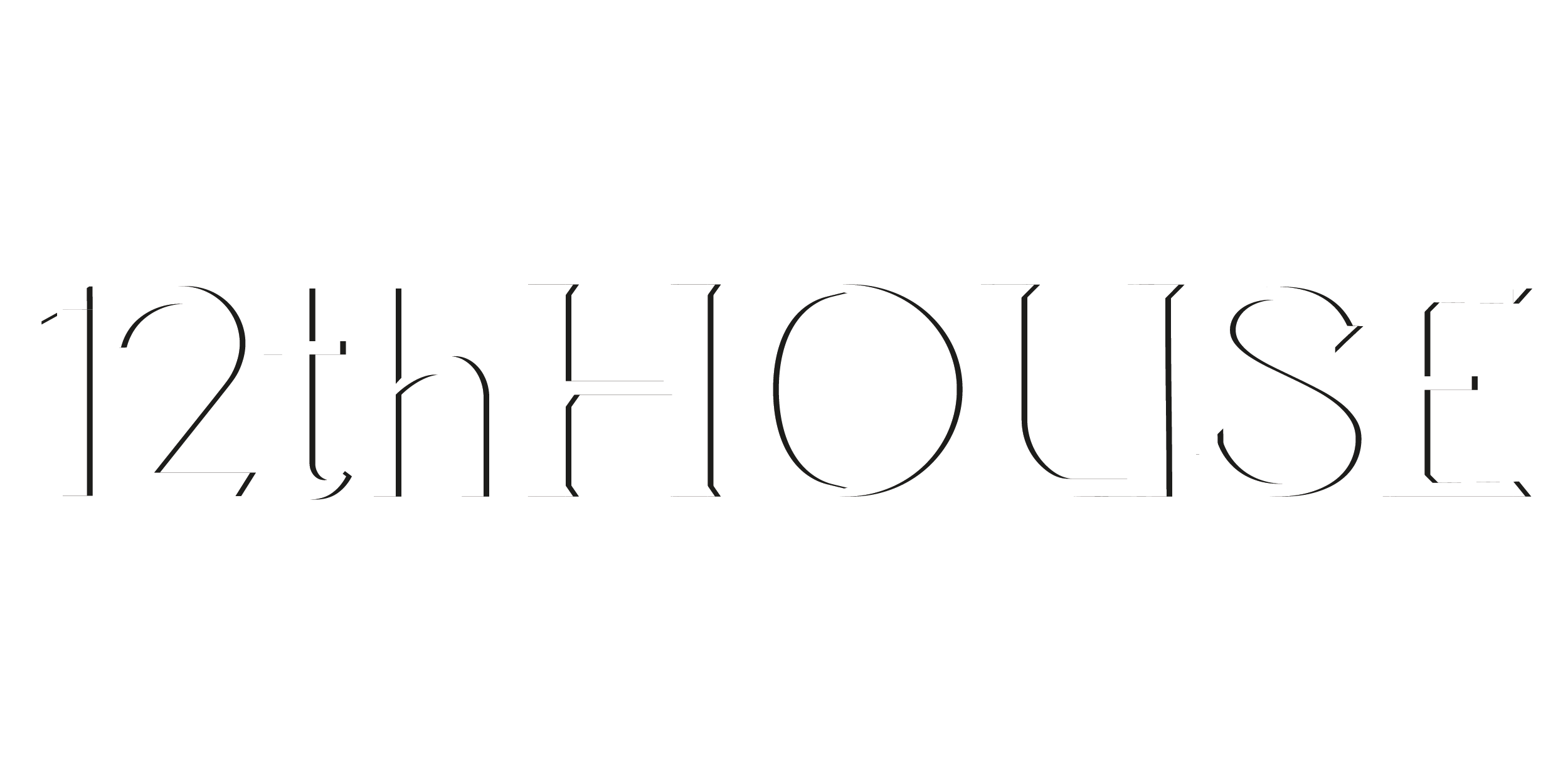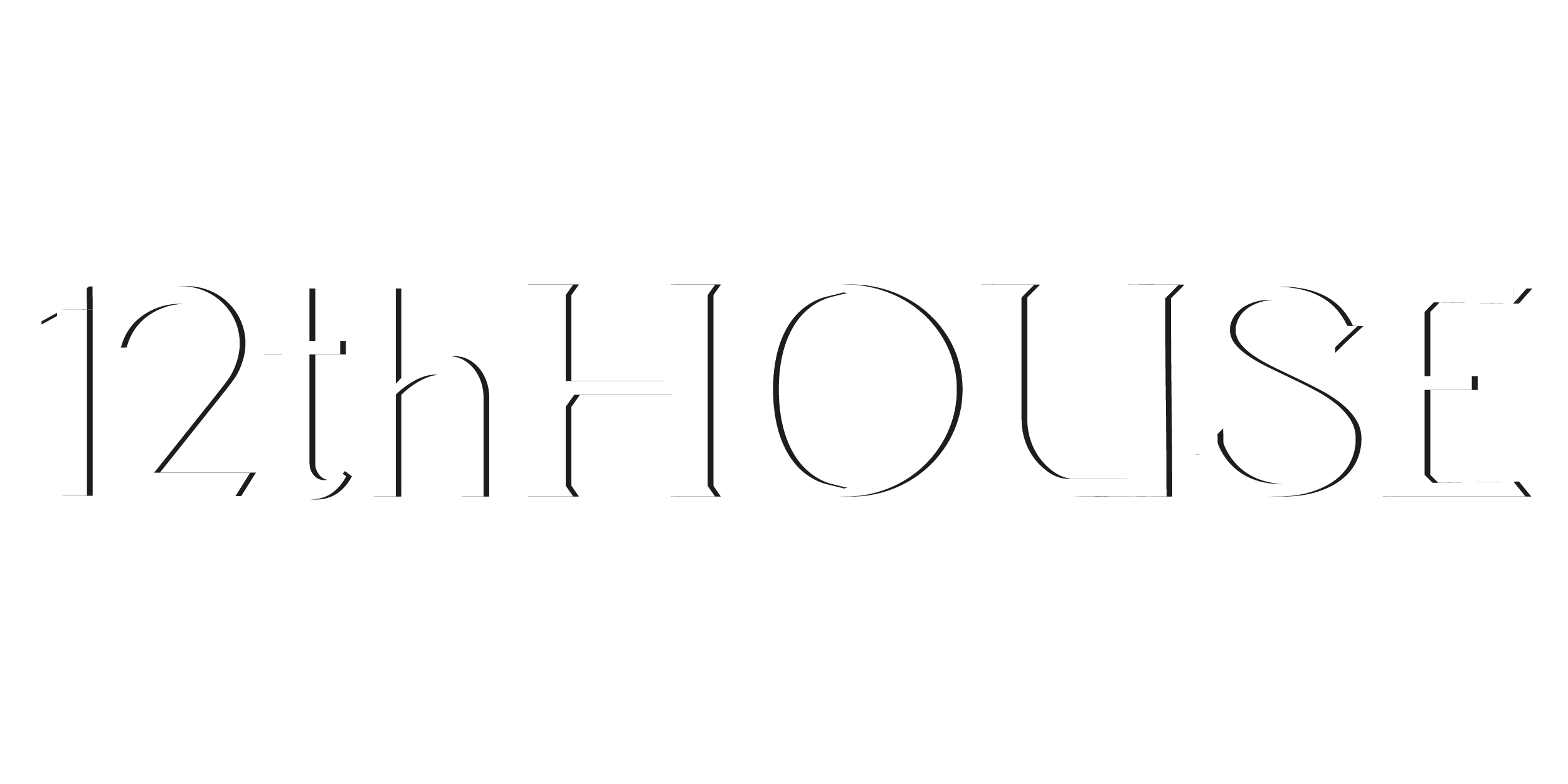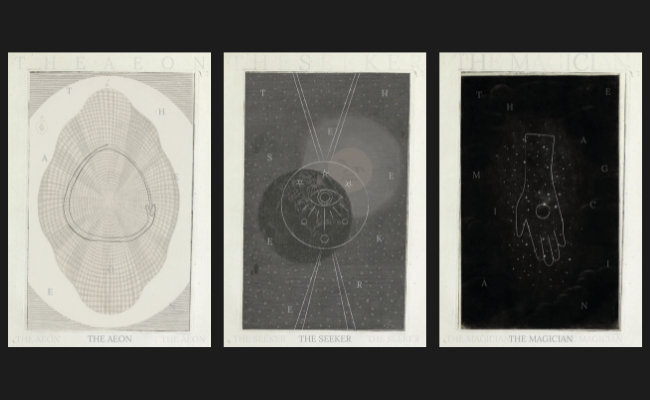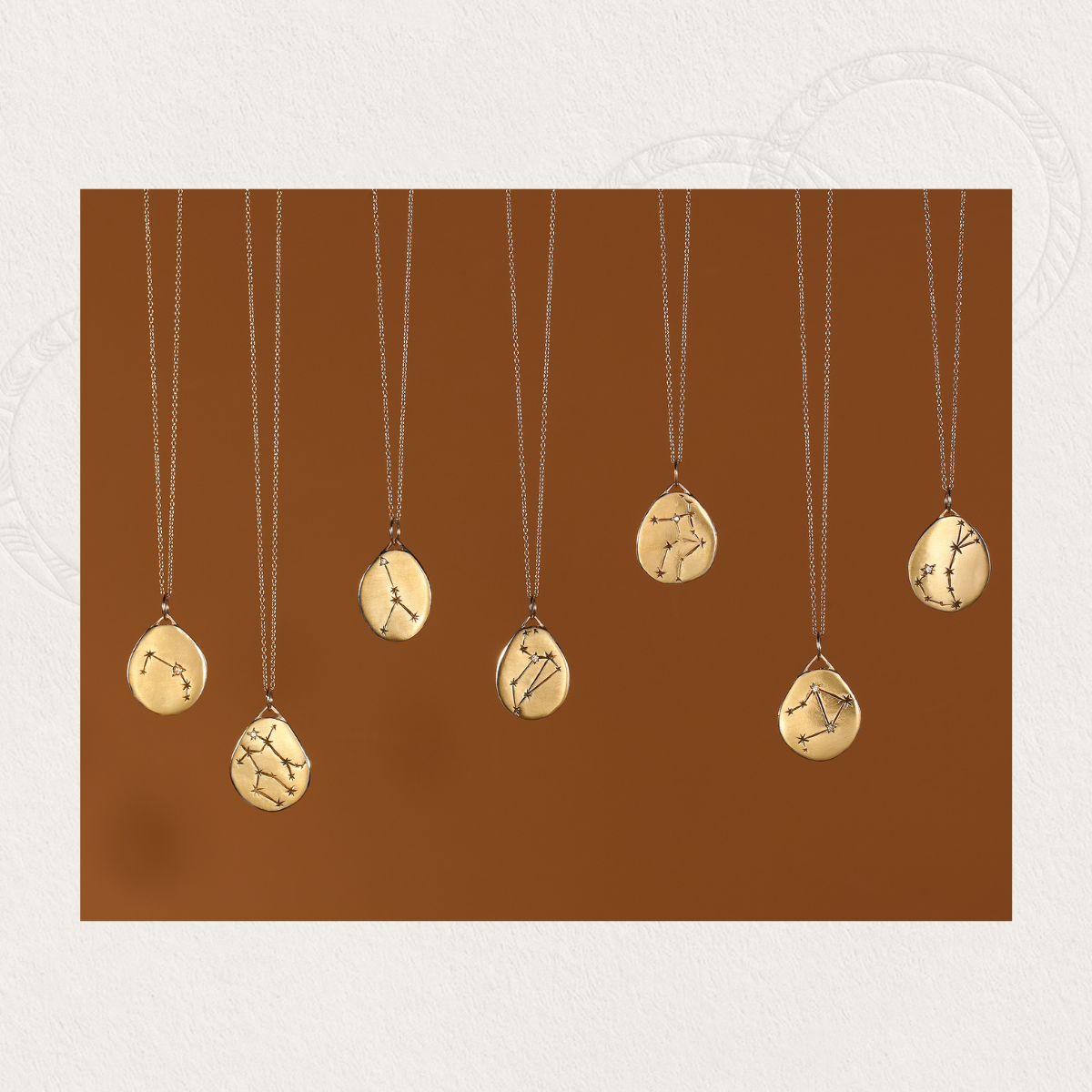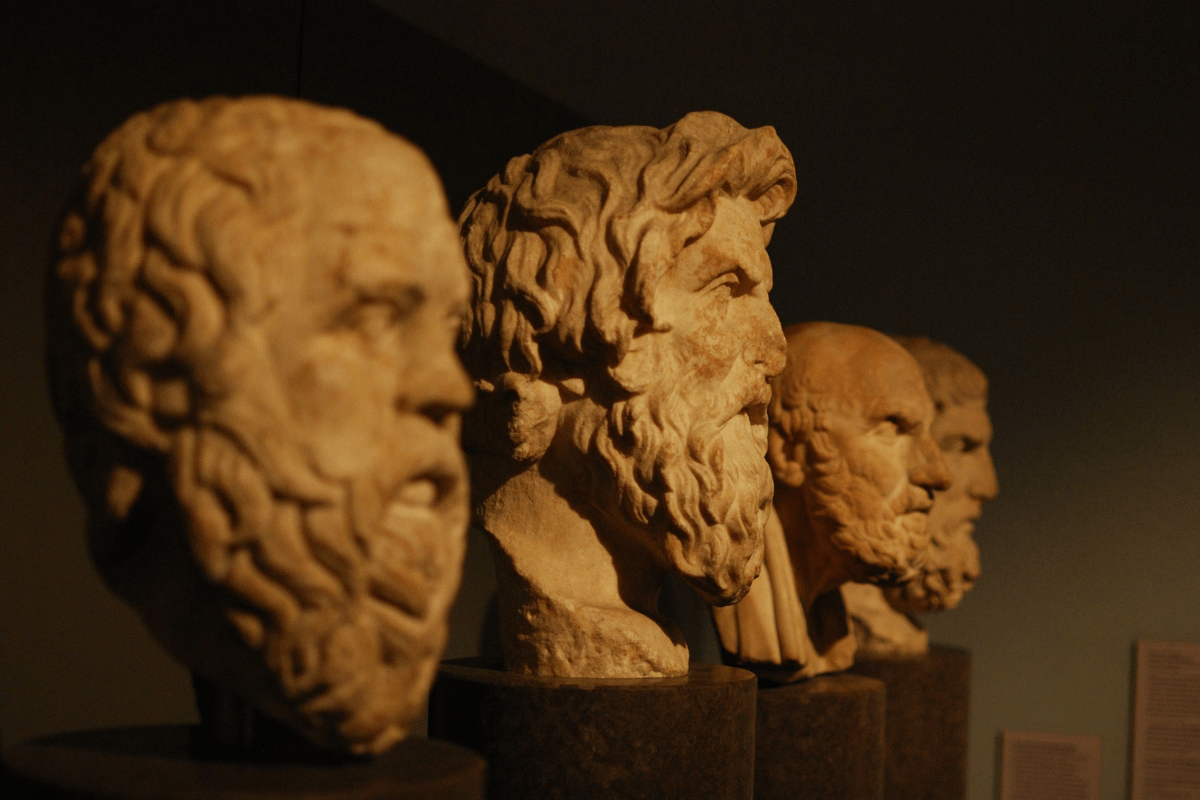
The History and Origins of Alchemy
[article synopsis: Alchemy is an esoteric tradition with roots in the ancient world. In this article, we explore its history and origins, its principles and theories, and its relationship to mysticism. From the mythical figure of Hermes Trismegistus to the philosopher's stone and the use of symbolic imagery, alchemy continues to fascinate, intrigue and inspire.]
The History and Origins of Alchemy
Introduction: Alchemy is an esoteric tradition that has captivated the imagination of philosophers, scientists, and mystics for centuries. With roots in the ancient world, alchemy has evolved and adapted over time, but its core principles and theories remain a fascinating subject of study. In this article, we will explore the history and origins of alchemy, the principles and theories of alchemical transmutation, and the relationship between alchemy and mysticism.
The origins of alchemy can be traced back to ancient Egypt and the Middle East. According to some accounts, the discipline was founded by the mythical figure of Hermes Trismegistus, who was believed to be the embodiment of the wisdom of the ancient Egyptians. In the Hermetica, a collection of texts attributed to Hermes, alchemy is described as the "art of transmuting the base metal of ignorance into the gold of wisdom."
The principles and theories of alchemical transmutation were developed and refined over the centuries. Central to alchemy is the concept of the prima materia, or "first matter," which is believed to be the basis for all transmutation. Alchemists also believed that the four elements - Earth, Air, Fire, and Water - played a crucial role in the transmutation process. The ultimate goal of alchemy was the creation of the philosopher's stone, a substance that was believed to have the power to transmute base metals into gold and to grant immortality.
The relationship between alchemy and mysticism is a complex and fascinating one. Alchemy has long been associated with Hermeticism, a philosophical and mystical tradition that emerged in ancient Egypt. The Hermetic texts, which were believed to have been written by Hermes Trismegistus himself, were an important source of alchemical knowledge. In addition, the principles of alchemy have influenced the development of other mystical traditions, such as Kabbalah, a Jewish mystical tradition.
Alchemical symbolism has also played a significant role in the development of mystical and occult traditions. Many alchemical texts and images are replete with symbolic imagery, which was believed to hold hidden meanings and secrets about the transmutation process. This symbolism has been interpreted and reinterpreted by mystics and occultists throughout history, and continues to be studied and debated by scholars and practitioners of alchemy today.
In conclusion, the history, principles, and theories of alchemy are rich and complex. Its origins can be traced back to the ancient world, and its influence can be seen in many different fields, from chemistry to mysticism. Despite its association with the past, alchemy continues to be a fascinating and relevant subject of study, offering a unique perspective on the nature of the universe and our place within it.
The principles and theories of alchemical transmutation and the Philosopher’s Stone
One of the key concepts of alchemy is the idea of the philosopher's stone, a substance that was believed to have the power to transmute base metals into gold and to grant immortality. This idea has captivated the imagination of alchemists throughout history, and has been the subject of much speculation and debate.
According to some accounts, the philosopher's stone was thought to be a physical substance that could be created through the use of alchemical processes and techniques. Alchemists believed that the stone possessed special properties that made it capable of transmuting base metals into gold, and that it could also be used to create an elixir of immortality. The ancient Greek philosopher, Aristotle, is believed to have been one of the first to discuss the idea of a substance that could transmute metals (Aristotle, 4th century BC).
The creation of the philosopher's stone was thought to be a difficult and labor-intensive process, and many alchemists dedicated their lives to the pursuit of this elusive goal. They used a variety of techniques and processes, such as distillation, calcination, and sublimation, in their attempts to create the stone. The medieval alchemist, Geber, is known for his detailed descriptions of the processes and techniques used in the pursuit of the philosopher's stone (Geber, 8th century AD).
In addition to its practical applications, the philosopher's stone also had a symbolic significance in alchemy. It was often used to represent the ultimate goal of the alchemical quest, and was seen as a symbol of spiritual and philosophical enlightenment. Many alchemical texts and images contain references to the stone, and its symbolism has been interpreted and reinterpreted by scholars and practitioners of alchemy over the centuries. The alchemist and mystic, Isaac Newton, is an example of a figure who was interested in the symbolic significance of the philosopher's stone (Newton, 17th century).
Isaac Newton was a renowned scientist and mathematician who is best known for his contributions to the fields of physics and mathematics. However, he was also deeply interested in alchemy, and he spent a significant portion of his life studying and researching the subject.
One interesting fact about Isaac Newton and alchemy is that he is believed to have owned over a thousand alchemical texts, and he spent many years studying and attempting to practice alchemy. Despite his scientific pursuits, Newton saw alchemy as a legitimate field of study, and he believed that it had the potential to unlock the mysteries of the natural world.
In addition to his interest in alchemy, Newton was also a deeply spiritual person, and he believed that alchemy was a way to understand the divine and the nature of the universe. Despite his scientific accomplishments, Newton's work on alchemy has often been overlooked or downplayed, and it is only in recent years that scholars have begun to fully appreciate the extent of his work in this field.
Despite its importance in alchemical theory and practice, the existence of the philosopher's stone has never been proven. Some alchemists claimed to have created the stone, but their claims were never verified. Today, the idea of the philosopher's stone is mostly considered to be a mythical or allegorical concept, rather than a physical reality. The chemist and alchemist, Robert Boyle, is an example of a figure who was skeptical of the existence of the philosopher's stone (Boyle, 17th century).
The philosopher's stone is a central concept in the history and practice of alchemy. Despite its elusive nature, it continues to captivate the imagination of alchemists and scholars, and its symbolism remains key to the alchemical tradition.
Understanding the Intersection of Alchemy and Mysticism
The relationship between alchemy and mysticism is a complex and fascinating one. As we have seen, alchemy has long been associated with Hermeticism, a philosophical and mystical tradition that emerged in ancient Egypt. In addition, the principles of alchemy have influenced the development of other mystical traditions, such as Kabbalah, a Jewish mystical tradition.
One of the key ways in which alchemy and mysticism intersect is through the use of symbolic imagery. As we have discussed, alchemical texts and images are often replete with symbols and allegorical representations, which were believed to hold hidden meanings and secrets about the transmutation process. These symbols have been interpreted and reinterpreted by mystics and occultists throughout history, and continue to be studied and debated by scholars and practitioners of alchemy today.
For example, one of the most commonly used symbols in alchemy is the circle, which is often used to represent unity and completeness. In alchemical texts, the circle is often associated with the philosopher's stone, and is used to represent the ultimate goal of the alchemical quest. The ancient Greek philosopher, Plato, is believed to have been one of the first to use the circle as a symbol of unity and completeness (Plato, 4th century BC).
In addition to its association with the philosopher's stone, the circle is also used to represent the unity of the four elements - Earth, Air, Fire, and Water - and the idea that they must be brought into balance in order to achieve the transmutation of base metals into gold. The ancient alchemist, Zosimos of Panopolis, is another example of a figure who used the circle as a symbol of the unity of the elements (Zosimos, 3rd century AD).
Another important symbol in alchemy is the cross, which is often used to represent the four elements and their relationship to each other. In alchemical texts, the cross is often used to represent the process of transmutation, and is seen as a symbol of the unity of the elements and the balance of opposing forces. The medieval alchemist Arnold of Villanova used the cross as a symbol of the unity of the elements (Arnold of Villanova, 13th century AD).
In addition to their use in alchemical texts, these symbols and others like them are also found in many other esoteric and mystical traditions. For example, the circle and the cross are commonly used in Astrology and Kabbalah, and have been interpreted in many different ways by practitioners of these traditions. The Jewish mystic, Isaac Luria, is an example of a figure who used the circle and the cross as symbols in his teachings on Kabbalah (Luria, 16th century AD).
The relationship between alchemy and mysticism is a complex and fascinating one. Through the use of symbolic imagery, alchemy and mysticism have influenced and been influenced by each other over the centuries. These symbols continue to be studied and debated by scholars and practitioners of alchemy, and offer a unique window into the world of the occult and the mystical.
Alchemy in the Modern World
One of the key ways in which alchemy is being studied and practiced in the modern world is through the field of contemporary alchemy. Some of these practitioners are focused on the creation of physical substances, such as the philosopher's stone or the elixir of life, using traditional alchemical processes and techniques. Others are more interested in exploring the psychological and spiritual dimensions of alchemy, and are using it as a tool for personal growth and transformation. Contemporary alchemy is a term that is used to describe the study and practice of alchemy in the present day, and encompasses a wide range of approaches and perspectives.
Some contemporary alchemists are focused on the historical and philosophical aspects of alchemy, and are interested in exploring its roots in the ancient world and its connection to other esoteric and mystical traditions. For example, the philosopher and alchemist, Marie-Louise von Franz, is one contemporary scholar who has written extensively on the history and philosophy of alchemy (von Franz, 1980).
Marie-Louise von Franz was a Swiss Jungian analyst and scholar who focused extensively on the topic of alchemy. She was a close colleague and collaborator of Carl Jung, and she played a key role in bringing alchemy into the mainstream of Jungian psychology.
Von Franz saw alchemy as a rich source of insight into the human psyche, and she believed that the alchemical process of transformation mirrored the process of psychological development. She argued that alchemy was a universal, archetypal process that could be found in all cultures, and that it represented a fundamental aspect of the human experience.
Von Franz also wrote extensively about the symbolism and symbolism of alchemy, and she argued that it was an important tool for understanding the unconscious mind. She believed that alchemy was a powerful way to explore the deeper mysteries of the human psyche, and that it could help individuals to achieve greater psychological insight and understanding.
Her work on alchemy and Jungian psychology had a significant impact on the field, and she is widely regarded as one of the leading experts on the subject.
Others are more focused on the practical applications of alchemy, and are interested in exploring its potential as a tool for personal and spiritual transformation. For example, the alchemist and spiritual teacher, Dennis William Hauck, is an example of a figure who has studied and written extensively on the practical applications of alchemy for personal growth and transformation (Hauck, 1999).
Dennis William Hauck is an American author and researcher who has written extensively about alchemy and the Western esoteric tradition. He is known for his work on the history and symbolism of alchemy, as well as for his practical approach to the subject.
Hauck's work on alchemy focuses on the practical application of alchemical principles and techniques, and he has written several books on the topic, including "The Alchemy Handbook" and "The Emerald Tablet: Alchemy for Personal Transformation." In these works, Hauck explores the history and symbolism of alchemy, and he provides practical guidance for individuals interested in exploring the subject for themselves.
Hauck is also known for his research on the Western esoteric tradition, and he has written extensively on subjects such as astrology, tarot, and the Kabbalah. He is widely regarded as an expert on these subjects, and his work has been influential in the modern revival of interest in these areas of study.
The Intertwined History of Alchemy and Mysticism
In conclusion, the relationship between alchemy and mysticism is a complex and fascinating one. Through the use of symbolic imagery, alchemy and mysticism have influenced and been influenced by each other over the centuries. These symbols continue to be studied and debated by scholars and practitioners of alchemy, and offer a unique window into the world of the occult and the mystical.
In addition to their use of symbolic imagery, alchemy and mysticism also share a common interest in the pursuit of knowledge and spiritual enlightenment. Both traditions place a strong emphasis on the importance of inner transformation and the pursuit of wisdom, and both view the pursuit of knowledge as a path to spiritual growth and enlightenment.
This interest in the pursuit of knowledge and enlightenment can be traced back to the ancient origins of both alchemy and mysticism. In the Hermetica, the pursuit of knowledge and wisdom is seen as a central goal of the Hermetic tradition (Fowden, 1986). In Kabbalah, the pursuit of knowledge and understanding of the divine is also seen as a key aspect of the spiritual path (Scholem, 1974).
In addition to their shared emphasis on the pursuit of knowledge and enlightenment, alchemy and mysticism also share a common interest in the use of meditation and other spiritual practices as a means of achieving inner transformation. Both traditions view the practice of meditation as a key tool for achieving spiritual growth and enlightenment, and both place a strong emphasis on the importance of inner contemplation and self-reflection.
One of the key ways in which alchemy and mysticism differ, however, is in their approach to the role of religion in the spiritual path. While both traditions place a strong emphasis on the pursuit of spiritual knowledge and growth, alchemy is generally seen as a more secular tradition, while mysticism is often associated with religious practices and beliefs.
Alchemy and mysticism share a number of common interests and perspectives, including their use of symbolic imagery, their emphasis on the pursuit of knowledge and spiritual enlightenment, and their interest in the use of meditation and other spiritual practices. While they differ in their approach to the role of religion in the spiritual path, both traditions offer a rich and fascinating perspective on the nature of the universe and our place within it.
References:
Aristotle (4th century BC). On Generation and Corruption. Translated by Hippocrates G. Apostle. Indianapolis, Indiana: Hackett Publishing.
Boyle, R. (17th century). The Sceptical Chymist. London, England: Royal Society.
Geber (8th century AD). The Sum of Perfection. Translated by Richard Russell. London, England: Theatrum Chemicum.
Newton, I. (17th century). Theological Manuscripts. Cambridge, England: Cambridge University Press.
Arnold of Villanova (13th century AD). Opera Omnia. Lyon, France: Sumptibus Antonii Vincentii.
Luria, I. (16th century AD). The Tree of Life. Translated by Aryeh Kaplan. New York, New York: Weiser Books.
Plato (4th century BC). The Republic. Translated by Benjamin Jowett. Oxford, England: Oxford University Press.
Zosimos of Panopolis (3rd century AD). The Zosimos Collection
Hauck, D. W. (1999). The Complete Idiot's Guide to Alchemy. New York, New York: Alpha Books.
von Franz, M.-L. (1980). Alchemy: An Introduction to Symbolism and Psychology. Toronto, Canada: Inner City Books.
Fowden, G. (1986). The Egyptian Hermes: A Historical Approach to the Late Pagan Mind. Cambridge, United Kingdom: Cambridge University Press.
Multhauf, R. P. (1986). The Origins of Chemistry. London, United Kingdom: Thames and Hudson.
